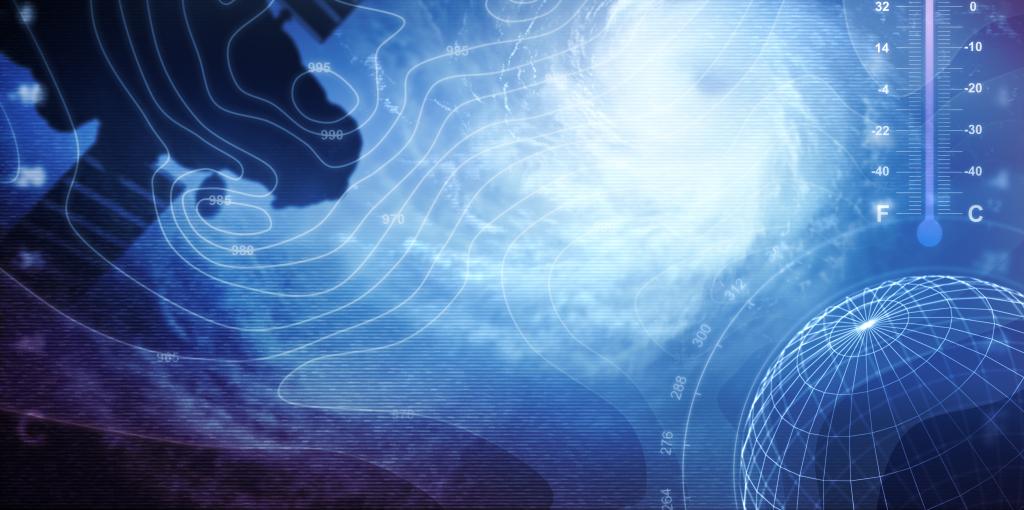Admission CTAs
Faculty & Staff Accolades: March 2017
Accolades celebrate the professional achievements of the faculty and staff in the College of Science. The following accolades were published for the month of March 2017.
A. Alonso Aguirre, Environmental Science and Policy, John J. Qu and Maction Komwa, Geography and Geoinformation Science, and Viviana Maggioni, School of Engineering, co-authored a paper, titled “Land use classification and analysis using radar data mining in Ethiopia” in the International Journal of Advanced Remote Sensing and GIS. Dr. Aguirre also co-authored a paper titled “Associations between trace elements and clinical health parameters in the North Pacific loggerhead sea turtle (Caretta caretta) from Baja California Sur, Mexico” in Environmental Science and Pollution Research. He also co-authored a paper along with a graduate student titled ”One Health—Transdisciplinary opportunities for SETAC leadership in integrating and improving the health of people, animals, and the environment” in Environmental Toxicology and Chemistry.
Rodrigo Bombardi, Atmospheric, Oceanic and Earth Sciences, Center for Ocean-Land-Atmosphere Studies along with Jennifer Adams, Benjamin Cash, James Kinter, and Kathy Pegion, published an article titled “Sub-seasonal predictability of the onset and demise of the rainy season over monsoonal regions” for publication in Frontiers in Atmospheric Science.
Natalie Burls, Atmospheric, Oceanic and Earth Sciences, was awarded a Sloan Research Fellowship in Ocean Sciences. These fellowships seek to stimulate fundamental research by early career scientists and scholars of outstanding promise. This is a two-year, $60,000 fellowship.
Lorelei D. Crerar, Biology, and Elizabeth Freeman, School of Integrative Studies, Chris Parsons, Environmental Science and Policy and another colleague co-published the paper titled “Illegal trade of marine mammal bone exposed: Simple test identifies bones of “Mermaid Ivory” or Steller’s Sea Cow (Hydrodamalis gigas)” in Frontiers in Marine Science.
Liping Di, Center for Spatial Information Science and Systems, received a letter of appreciation from Dr. Li Pengde, the chair of the China National Standardization Technical Committee in Geomatics and the deputy administrator of China National Administration of Surveying, Mapping and Geoinformation, for his long-time help and support to China’s development of ISO geographic information standards. The CSISS team, led by Dr. Liping Di and Dr. Ziheng Sun, also were awarded a $10,000 cash prize as one of the finalists on the Disparate Data Challenge, a national competition organized by the National Geospatial-Intelligence Agency. Additionally, Dr. Liping Di, along with a PhD Graduate Research Assistant, were awarded $5,000 as one of the finalists in the IGNITE Smart M.Apps world-wide competition organized by Hexagon Geospatial for developing the app Safe Neighborhoods.
Zhichang Guo, Atmospheric, Oceanic and Earth Sciences, was awarded $392,302 by the National Oceanic and Atmospheric Administration for his work on Improving subseasonal to seasonal forecast skill of North American precipitation and surface air temperature using multi-model strategy.
Fatah Kashanchi, School of Systems Biology, National Center for Biodefense and Infectious Diseases, was awarded $418,000 by the US Department of Health and Human Services for his work on A radiation-induced cellular stress activates HIV and induces killing of infected cells.
James Kinter, Atmospheric, Oceanic and Earth Sciences, was listed by a student as a “Person on campus who has helped them the most in their college success”. Dr. Kinter was also appointed to a National Academy of Sciences panel to review the Climate Science Special Report from the U.S. Global Change Research Program, as well as appointed to the National Center for Atmospheric Research Advisory Board and asked to co-chair the U. S. National Weather Service Working Group on Next Generation Prediction System Architecture. He was also recognized for service on the Program Committee for the 2017 AMS annual meeting. His appointment as co-chair of the Earth System Modeling Advisory Committee for the Nanjing University Institute for Science and Technology was also renewed. Additionally, Dr. Kinter co-authored a paper titled “GMMIP (v1.0) contribution to CMIP6: Global Monsoons Model Inter-comparison Project” in the journal Geoscientific Model Development, and was awarded $159,998 by the US Department of the Navy for his work on An Integration and Evaluation Framework for ESPC coupled models.
Giuseppina Kysar, Atmospheric, Oceanic and Earth Sciences, received the Global Excellence Award as Outstanding faculty. The award is for Academic leadership and contribution to global education at George Mason University.
David Luther, Biology, co- published a paper titled “Birds with larger bills are more active In the heat: Support for the bill as a thermoregulatory organ” in the journal The Auk. Dr. Luther also co-published the following papers: “The relative response of songbirds to shifts in song amplitude and song minimum frequency” in the journal Behavioral Ecology. “Evidence of suboscine song plasticity in response to traffic noise fluctuations and temporary road closures,” with a Mason graduate student as lead author, in Bioacoustics, and “White-crowned sparrow males show immediate flexibility in song amplitude but not in song minimum frequency in response to changes in noise levels in the field” in Ecology and Evolution.
Chris Parsons, Environmental Science and Policy, co-authored a paper titled “Improving captive marine mammal welfare in the United States: science-based recommendations for improved regulatory requirements for captive marine mammal care” in the International Journal of Wildlife Law & Policy.
Kathy Pegion, Atmospheric, Oceanic and Earth Sciences and Center for Ocean-Land-Atmosphere Studies, gave a MAPP Webinar about a recently submitted paper “Assessing the Fidelity of Predictability Estimates” co-authored by Teresa Cicerone and Timothy DelSole.
Emanuel Petricoin, School of Systems Biology, Center for Applied Proteomics and Molecular Medicine, was awarded $80,448 by the National Institutes of Health for his work on Validation of the HemoShear Tumor Microenvironment System (TMeS) for drug discovery and development.
Shobita Satyapal, Physics and Astronomy, was awarded $83,570 by NASA on behalf of the Smithsonian Institution for her work on WISE Discovery of the Largest Sample of Obscured Dual AGNs: A Chandra and NuSTAR Follow-up 2017.
